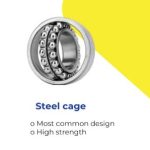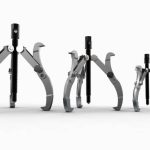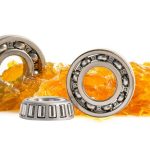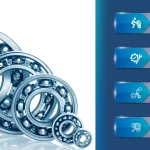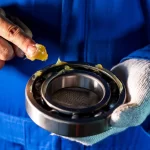A deep groove ball bearing is a type of rolling-element bearing that has deep, symmetrical raceways in which the balls roll. The main types are the single-row and double-row ball bearings. They come in open and sealed designs. This article discusses the uses, specifications, size, and working of deep groove ball bearings.
Deep Groove Ball Bearings
These are the most common type of bearings and are widely used in a variety of applications. They are suitable for high-speed and high-precision applications and can be used in both radial and axial loads. Their design makes them easy to maintain and they are robust and durable. They are available in a variety of sizes to suit a range of applications.Applications of Deep groove ball bearings
These bearings are the most popular type of bearings and are used in a wide variety of applications. They are suitable for high speeds and can carry radial and axial loads in both directions. These bearings are very robust and require little maintenance. Deep groove ball bearings have use cases and applications in:- Automotive: wheels, axles, transmissions, differential gears.
- Aerospace: turbines, jet engines, propellers.
- Machinery: pumps, compressors, fans, gearboxes.
- Electric motors: washing machines, dishwashers, fans, blowers.




